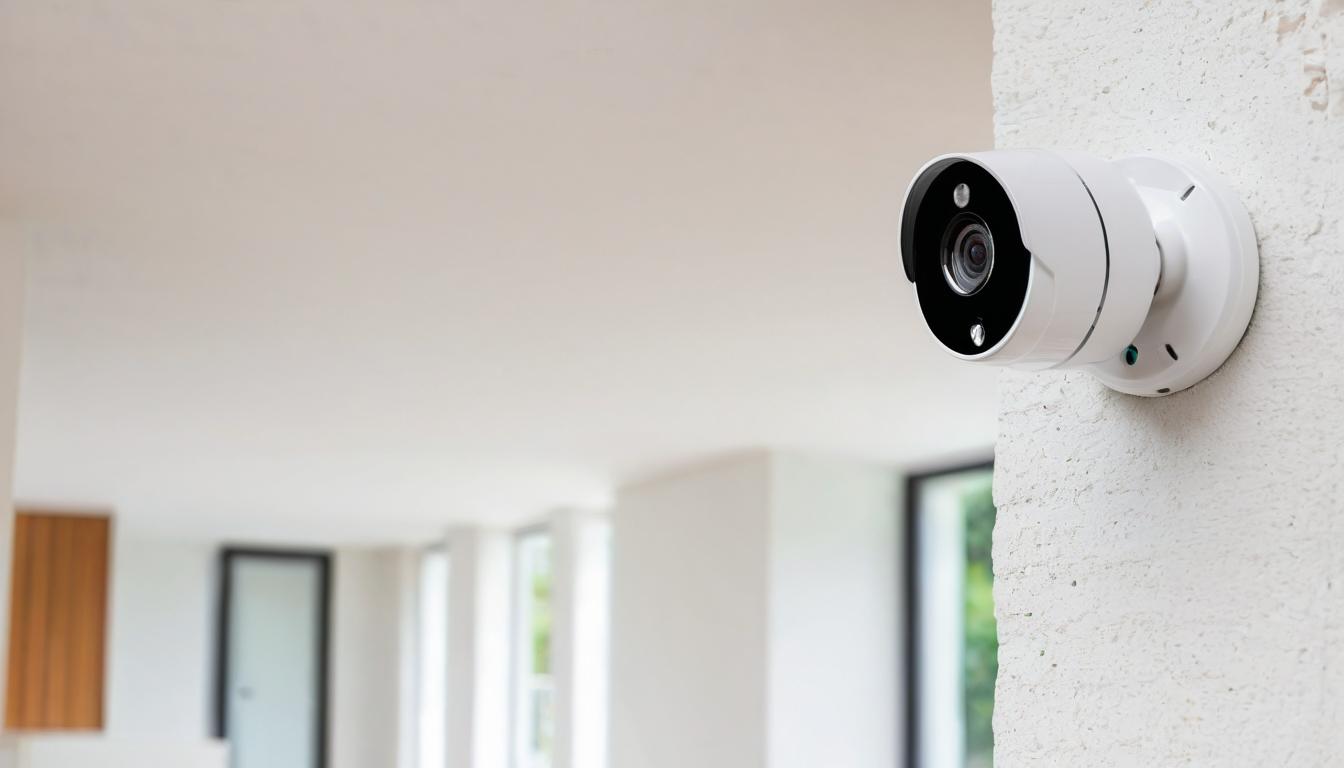You've installed the cameras, set up the motion sensors, and programmed your smart locks. Your home security system looks impressive on paper—a fortress of digital protection. But what if I told you that the very technology designed to protect your family might be creating vulnerabilities you never considered? After digging through security reports and interviewing experts across the industry, I discovered that modern home security has become a double-edged sword.
Smart devices have revolutionized how we protect our homes, but they've also introduced new attack vectors that traditional burglars are learning to exploit. That Wi-Fi enabled camera system? It's only as secure as your router's password. Those voice-activated assistants? They're listening for more than just your commands. The convenience we've embraced comes with hidden costs that security companies rarely mention in their glossy brochures.
Let's start with the most overlooked vulnerability: your Wi-Fi network. Most homeowners focus on securing individual devices while ignoring the gateway that connects them all. I spoke with cybersecurity experts who demonstrated how easily unsecured routers can be compromised, giving intruders access to every connected device in your home. They can disable cameras, unlock smart doors, and even monitor your family's routines without ever setting foot on your property.
Then there's the privacy trade-off. Many security systems collect vast amounts of data about your daily habits—when you wake up, when you leave for work, when your children get home from school. This information is valuable not just to marketers but to anyone with malicious intent. The very systems designed to monitor your home are constantly monitoring you, creating digital footprints that could be exploited if security protocols fail.
Physical security hasn't disappeared either. While we've been focused on digital threats, burglars have adapted to traditional weaknesses. That smart lock on your front door might be hack-proof, but what about the window you forgot to reinforce? Or the garage door opener that still uses the factory default code? Thieves are becoming increasingly sophisticated, blending old-school breaking and entering with new technological knowledge.
Neighborhood watch programs have evolved into digital neighborhood networks, but these too present risks. While Nextdoor and similar platforms help communities share security concerns, they also broadcast patterns of when homes are vacant and which properties have valuable items. The same information that helps neighbors look out for each other can serve as a shopping list for determined criminals.
Perhaps most concerning is the false sense of security that comprehensive systems create. Homeowners with top-tier security packages often become complacent about basic precautions. They forget to lock windows, leave garage doors open, or post vacation photos on social media in real-time—all while believing their high-tech systems will protect them from any threat.
The solution isn't abandoning technology but understanding its limitations. Layered security—combining digital protection with physical reinforcements and common-sense practices—creates the most effective defense. Regular security audits, both digital and physical, should become as routine as changing smoke detector batteries.
Your home security system should work for you, not create new vulnerabilities. By understanding these hidden gaps and taking proactive measures, you can truly protect what matters most without sacrificing the convenience of modern technology. The goal isn't to live in fear but to build genuine confidence in your home's security—knowing you've addressed both the obvious threats and the ones hiding in plain sight.
The hidden security gaps in your smart home that burglars love

